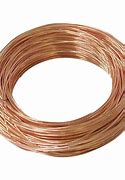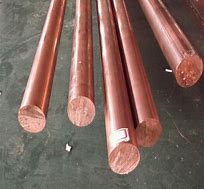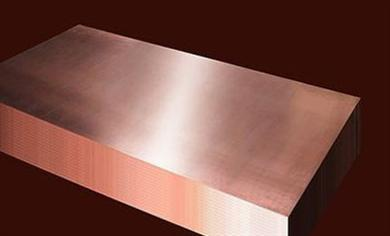**Copper Scrubber Magic: Unclog Your Pipes Like a Pro**
(How To Use Copper Scrubber In A Pipe)
Got a stubborn clog in your sink or shower drain? Forget fancy tools or harsh chemicals. A simple copper scrubber might be the hero you need. These cheap, scrubby pads aren’t just for dishes. With a bit of creativity, they can tackle pipe gunk like a champ. Let’s break down how to use one without turning your plumbing into a disaster.
First, grab a copper scrubber. Not steel. Steel can rust and leave your pipes worse off. Copper stays rust-free and bends easily. Tear off a piece roughly the size of your palm. Crumple it into a loose ball. Don’t pack it too tight. You want it flexible enough to snake through the pipe but sturdy enough to scrape gunk off the walls.
Next, remove any visible debris from the drain. Use gloves if you’re squeamish. Fish out hair, soap chunks, or food scraps clogging the opening. This step matters. A scrubber can’t work magic if the drain’s already blocked by a hairball the size of a mouse.
Now, push the copper ball into the pipe. A wire coat hanger works well for this. Straighten the hanger, bend a small hook at one end, and loop it through the scrubber. Gently feed it into the drain. Go slow. Forcing it might scratch the pipes or wedge the scrubber where you can’t retrieve it. If you hit resistance, wiggle the hanger slightly. The goal is to let the scrubber slide deeper without getting stuck.
Once the scrubber is inside, start scrubbing. Move the hanger up and down, twisting it as you go. Imagine you’re cleaning a dirty pan. The copper fibers will scrape sludge, grease, and grime off the pipe walls. You might feel the hanger move more smoothly as the gunk breaks loose. Keep going for a minute or two. Focus on areas where water drains slowly—that’s where buildup hides.
Pull the scrubber out carefully. Check it for gunk. If it’s coated in black sludge, congratulations—you’ve just deep-cleaned your pipe. Rinse the scrubber under hot water. Repeat the process if the drain still seems slow. Sometimes one pass isn’t enough for pipes that haven’t been cleaned in years.
Flush the pipe with boiling water afterward. This melts leftover grease and washes away loosened debris. Pour a full kettle down the drain slowly. Listen for that satisfying “glug” as water flows freely. If it still drains like molasses, the clog might be deeper. In that case, call a plumber. But for most minor blockages, the copper scrubber trick does the job.
A few tips: Don’t leave the scrubber in the pipe. Copper won’t rust, but it can break down over time. Always remove it after scrubbing. Replace your scrubber ball every few uses. Worn-out fibers lose their scraping power. And never use this method on garbage disposals—copper bits and spinning blades don’t mix.
Why bother with a scrubber? It’s cheap, eco-friendly, and gentle on pipes. Chemical drain cleaners eat away at metal and plastic. They’re also dangerous to handle. A copper scrubber skips the toxins and gets your hands dirty in the best way. Plus, it’s oddly satisfying to yank out a grimy scrubber and see proof that it worked.
(How To Use Copper Scrubber In A Pipe)
Regular maintenance helps. Once a month, scrub your drains even if they seem fine. Prevention beats frantic unclogging at midnight. Keep a copper scrubber under your sink. It’s handy for pots, pans, and rescuing your pipes from chaos.
Inquiry us
if you want to want to know more, please feel free to contact us. (nanotrun@yahoo.com)



